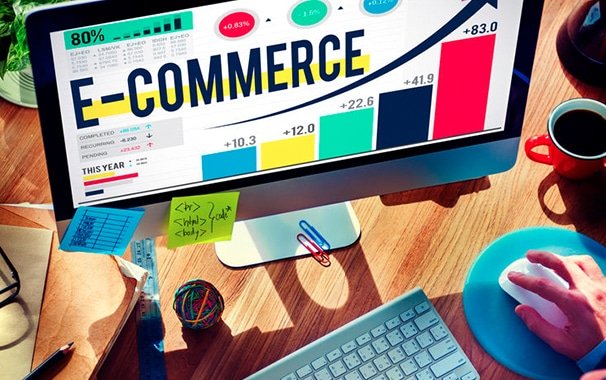How effective is your e-commerce website? The answer lies in the e-commerce conversion rate, which is often used as a key performance indicator (KPI). This only shows that online shopping has moved beyond making a sale, with the profit as a determining factor. These days, your store’s traffic is no longer just a metric, but a means to identify its conversion rate or the lack thereof.
What is conversion rate?
This refers to the number of visitors to your website who convert by responding to your call to action appropriately. The action could be anything from a newsletter sign up to buying from your store. The focus of e-commerce conversion rate is to turn shoppers into buyers.
It’s important to know and understand your conversion rate as it will:
- Measure the profitability of your business
- Predict future business success
- Determine what works and what doesn’t work
- Ensure engaging customer experience on your website
- Help optimise digital marketing efforts while maximising value
By simply knowing your conversion rate on a daily, monthly, quarterly and yearly basis, you can make business decisions that will convert shoppers into buyers.

How to find e-commerce conversion rates
Analytics reporting from the back-end of your business will help you uncover the shopper-to-buyer conversion of your website, regardless of the platform you’re using. Google Analytics and other analytics services will also provide you with the data you need. A better alternative will be to hire digital marketing specialists to set up analytics reporting and perform data analysis.
How conversion rates are calculated
An e-commerce’s average conversion rate is around 2-3%. But because of the many variables involved, experts suggest focusing on improving and increasing existing rate. Calculating e-commerce conversion rate is simple and straightforward and doesn’t even require a special formula.
For a 1% conversion rate, for example, you only need 50 conversions from the 5,000 visitors to your e-commerce website. Simple, right?
Well, not exactly. This is because convincing 50 of the 5,000 visitors to buy from your store or to sign up for a newsletter, while ensuring your online store’s conversion rate is not affected by other metrics is tricky.
User experience and conversion rate go hand in hand. The better the user experience the higher the chances of conversion. So take a good look at your site’s analytics and see if any of the following factors are decreasing your chances of converting shoppers to buyers:

Get your Digital Marketing Strategy Audit with
an Experienced Digital Strategist.
How to improve conversion rates
Does your analytics report say you need to make changes to your website to increase e-commerce conversion rate? You should apply one or all of the following:
- Use high-quality product images
- Use product videos or make it part of the inventory
- Provide product descriptions that are both technical and personalised
- Allow for product customisation, if applicable
- Charge free or conditional shipping



